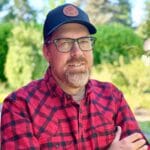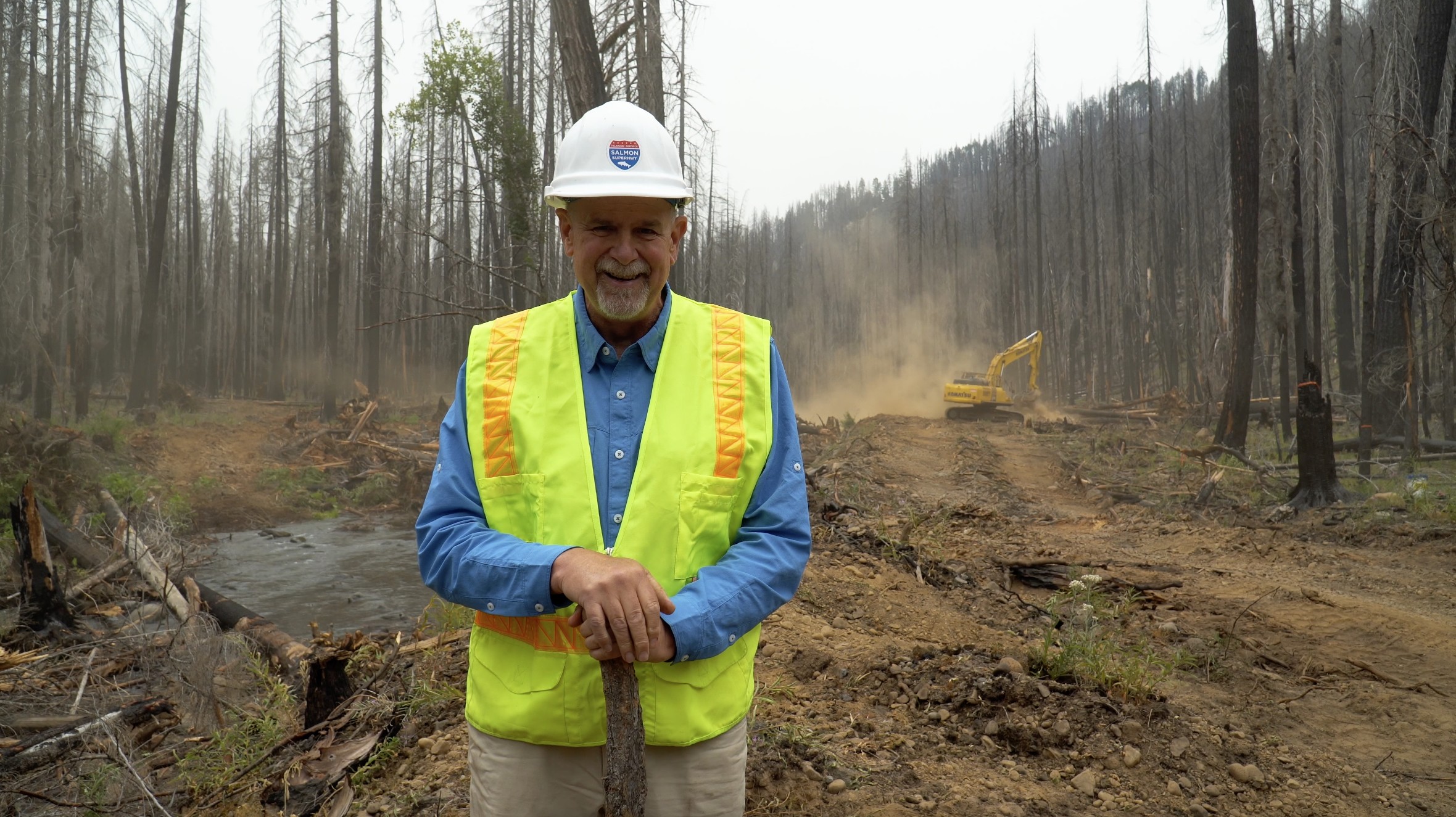When asked if Oregon’s Clackamas River is his home water, Trout Unlimited’s Terry Turner chuckles and answers, “Well, it is certainly one of them.”
Oregon is blessed with a wide variety of fishing opportunities, from rivers to lakes to saltwater. Salmon, steelhead, sturgeon, halibut and some solid trout fishing are all options, depending on the time of year.
If you’re a dedicated angler like Turner, it can be hard to nail down which place – or season – best defines your fishing.
Turner’s rod building business reflects this variety. His shop is mostly filled with single- and double-hand fly rods, but there are always a few salmon rods and heavy offshore rods in the mix, too.
But the Clackamas holds a particular importance for Turner and many other Oregon anglers and TU volunteers. It is a key tributary to the Willamette River, which in turn joins the mighty Columbia near Portland. Much of the upper watershed flows through public lands. It is large enough to float, but also has a fair amount of bank access, making it an immensely popular river for salmon and steelhead anglers living in Oregon’s biggest metropolitan area.

A Pacific Northwest native
Turner was born in Eastern Washington and grew up in Idaho in a family obsessed with fishing. Together they traveled the region targeting diverse species. He moved to Oregon in 1978.
He learned to tie flies from his mother, who always made sure the family had new patterns ready to go when the hot fly from previous trips wasn’t working.
“I learned the passion for fishing from my dad,” Turner said. “Almost every day off and vacation was about fishing somewhere in the Pacific Northwest. My mom taught me crafting skills that transferred to fly tying and eventually rod building.”

A dedicated TU volunteer
Turner joined TU 30 years ago, drawn by the opportunity to help build community and give back to the rivers, fish and places that sustained him. These rivers are also where he now takes his family fishing and to participate in other outdoor adventures.
During those years, Turner balanced a demanding career, including a VP role with Xerox and as a senior consultant for Cascade Business Group, with his passion for TU and its mission.

Turner, who lives in the Portland metro area, has served nearly every role on Oregon’s state council and in his home chapter on the Clackamas. He served six years on TU’s national Board of Directors and spent a year in an early role with the Salmon SuperHwy as that important effort to remove salmon and steelhead migration barriers on Oregon’s north coast got underway.
Turner also spent eight years volunteering on Oregon’s Fish Passage Task Force. Much of his time during the last five years he spent working on the Clackamas chapter’s restoration projects with the Mount Hood National Forest, Oregon Department of Fish and Wildlife (ODFW), Oregon Watershed Enhancement Board (OWEB), and others.
“‘One TU’ works as well as it does because leaders like Terry, and the Clackamas Chapter, step up for their local watersheds in amazing ways,” explains Chrysten Rivard, TU’s Pacific Region vice president. “I’ve often joked with Terry that his tireless work bringing people together and projects to life has often felt like having an additional full time staff member in Oregon. Volunteer leaders like Terry are why TU accomplishes so much for our rivers and fish.”
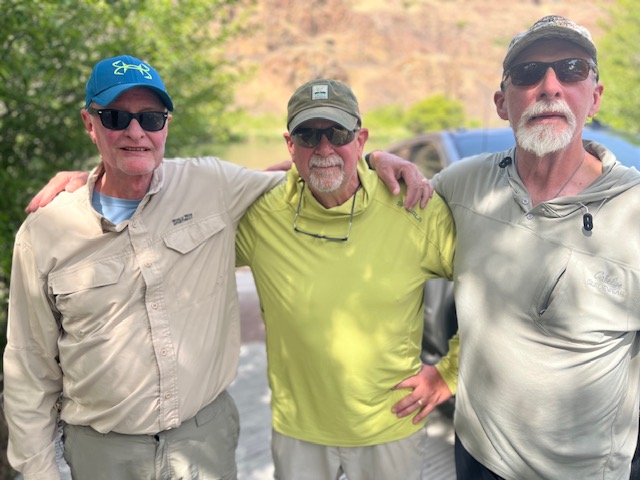
Working on the “Clack” and beyond
Along with winter steelhead, fall Chinook and early returning coho, the Clackamas is home to critical remaining populations of spring Chinook and late run winter coho. Bull trout were extirpated from the watershed, but efforts to reintroduce and reestablish their populations are underway.
It’s also a watershed where Turner and his colleagues at Clackamas River Trout Unlimited worked with partners to dramatically expand the scale of their work to restore and reconnect habitat impacted by barriers, wildfire and historic logging practices.
Clackamas River TU has worked closely with the Forest Service for years. They’ve supported bull trout reintroduction, helped with redd surveys, installed signage, volunteered at smolt capturing efforts, held countless river clean-ups and co-hosted a kid’s fishing day with the Forest Service for over twenty years.

Led by Turner, they’ve expanded this partnership to include ambitious, ongoing habitat restoration projects in the Mount Hood National Forest and lower watershed.
Together with ODFW, in 2022 the partners used helicopters to place nearly 400 logs into Cub and Berry Creeks to restore headwater habitat degraded by historic logging practices and wildfire.
In following seasons, the partners moved further downstream to the confluence of Cub Creek, Hunter Creek and the upper Clackamas mainstem to take on a two-year project to add more logs to an incised mile of lower stretch of Cub creek, reconnect 15 acres of disconnected floodplain and reconnect an important side channel.
In the lower Clackamas River, the chapter and ODFW removed a small dam on the North Fork of Eagle Creek that impeded access to eight miles of spawning and rearing habitat.
With recently awarded funding, they are in the process of planning another project using helicopters to transport more logs into remote stretches of the Clackamas headwaters next summer.
Turner’s advice: Seek the big projects
All this work is restoring and reconnecting important spawning and rearing habitat used by Chinook and coho salmon, steelhead, lamprey and cutthroat and bull trout. They are large-scale projects and a testament to strong partnerships and the dedication and leadership of TU volunteers in the basin.
“When the Forest Service approached us about expanding our role in the basin, I knew it was too good of an opportunity to pass up,” Turner explains. “It was like someone had set the table for us, and we just needed to provide a single salad fork to complete the place setting.”
The Forest Service had important restoration projects identified, but they needed a nonprofit partner to help co-manage grant funding, accounting and contracts for projects funded by the State. Taking this role required the Clackamas chapter to dramatically scale up their workload and liability.

“Previously, our single most expensive projects probably had budgets around $10,000,” Turner explains. “For this collaboration, we’d need to manage grants and contracting worth hundreds of thousands of dollars.”
It took some convincing, but eventually chapter leadership was all in and committed to the work.
For this part, Turner was confident the chapter could deliver. He’d spent his career planning and building manufacturing systems for Xerox. His extensive project management experience proved invaluable, and he also knew they weren’t alone; the chapter’s close working relationship with TU’s national and state staff meant guidance was always available.
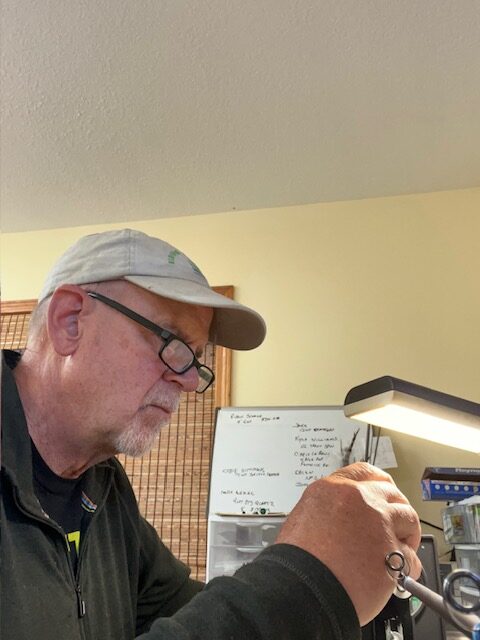
“This has been ‘One TU’ in action,” Turner says. “Throughout the process, we’ve been able to learn best practices, see examples of similar projects and draw on legal resources provided by TU staff. And, in turn, we’ve been able to accomplish some meaningful work for native fish in a watershed where TU staff aren’t currently working.”
All of this work cumulates into Turner’s advice to his fellow TU volunteers: Seek the big projects.
“I want our work in the Clackamas to encourage chapters to be ambitious,” he says. “As volunteers working alongside TU staff, with the resources available, we can build incredible partnerships and do meaningful, large-scale work. TU staff can’t work in every watershed at once, but chapters can help expand the scope of TU’s restoration work. As volunteers, we can win big grants, manage serious work and have truly positive impacts for fish and rivers, wherever you work and live in the country.”
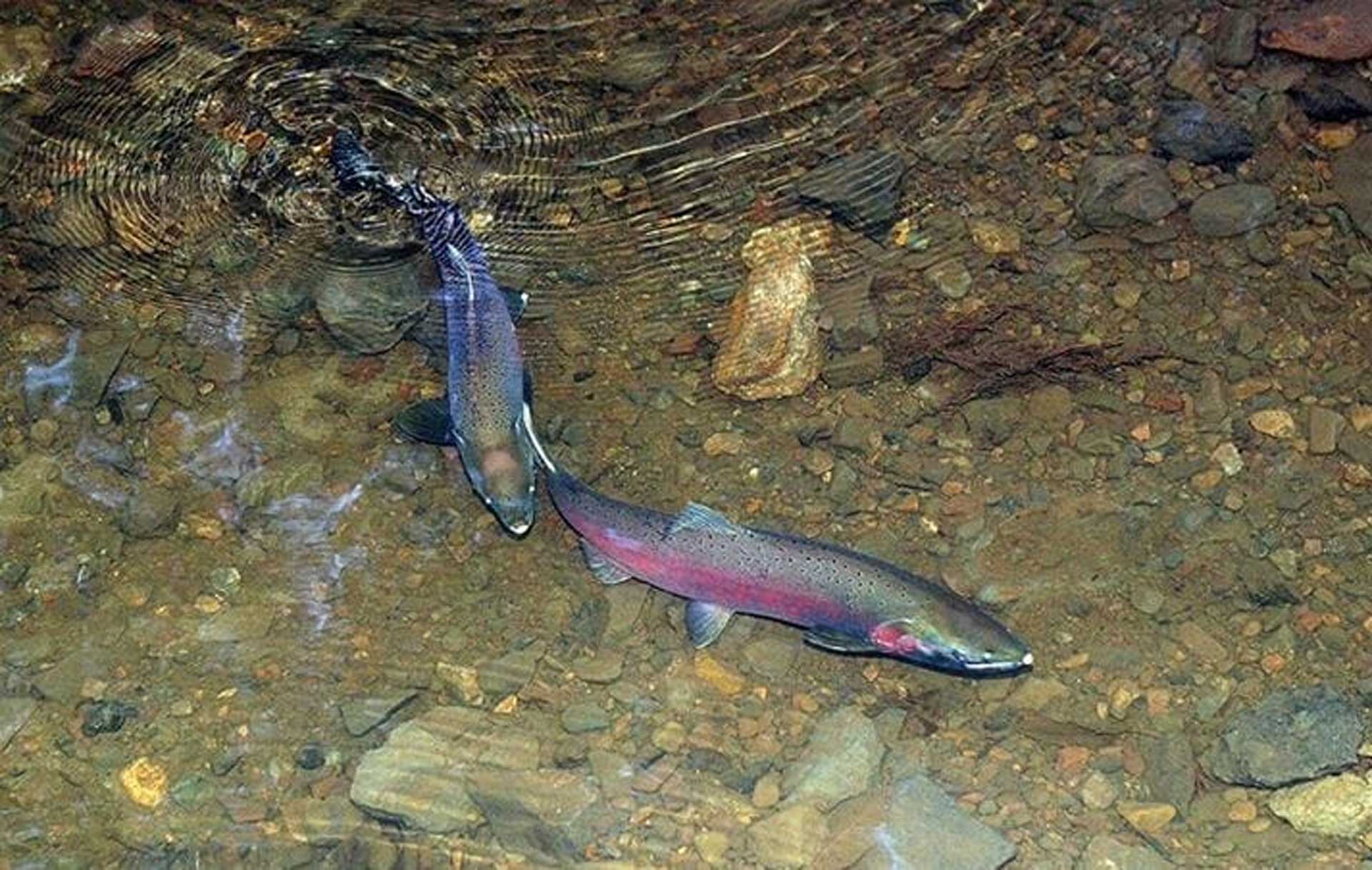
Tips for fishing the Clackamas
- Coho and Winter Steelhead provide ample opportunities for anglers
- Many techniques will work, but the Clackamas is a wide river ideal for swinging flies with spey rods. Bunny leeches and marabou tubes are good options.
- Coho usually return from September through November. Returns have been especially strong in recent years.
- Turner says the locals describe the winter steelhead season as “President’s Day through Tax Day.”
- Three fly local fly shops are great resources for information: Northwest Flyfishing Outfitters, the Portland Fly Shop and Royal Treatment Fly Fishing. Staff from all three have also given presentations at Clackamas Chapter meetings and events.
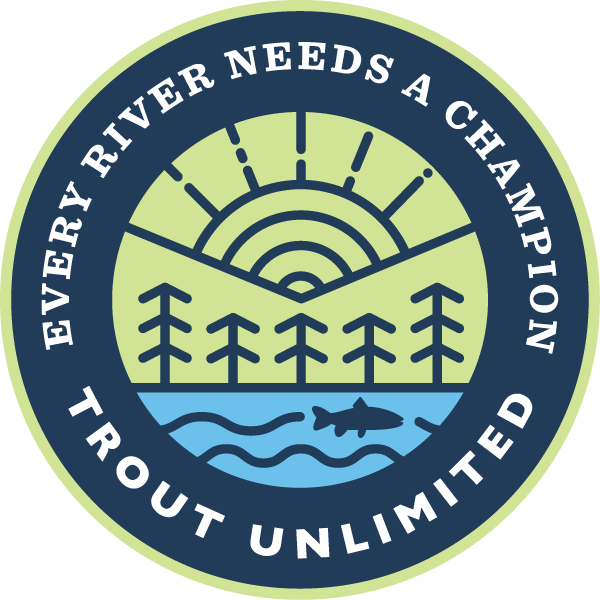
The same free-flowing rivers that sustain trout and salmon bring clean water into our homes, give life to vibrant communities and feed a passion for angling and the outdoors.
But today our fisheries and rivers face enormous challenges. At Trout Unlimited, we are doing something about it, and we need your help. Sign up to be a champion for the rivers and fish we all love and help us unlock the unlimited power of conservation.


